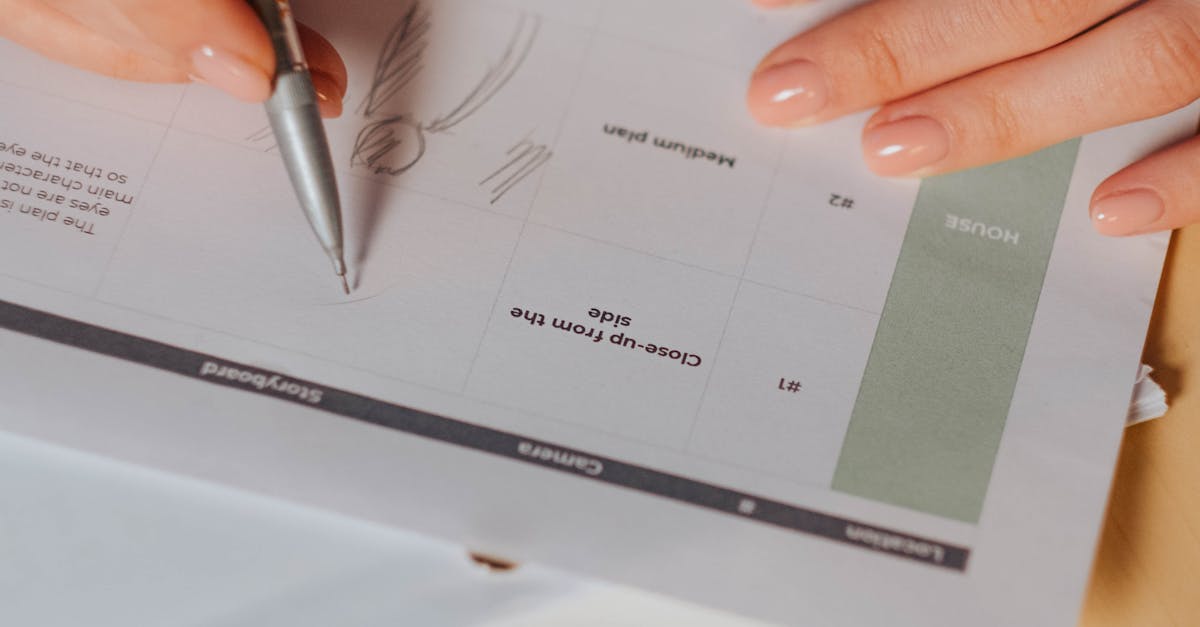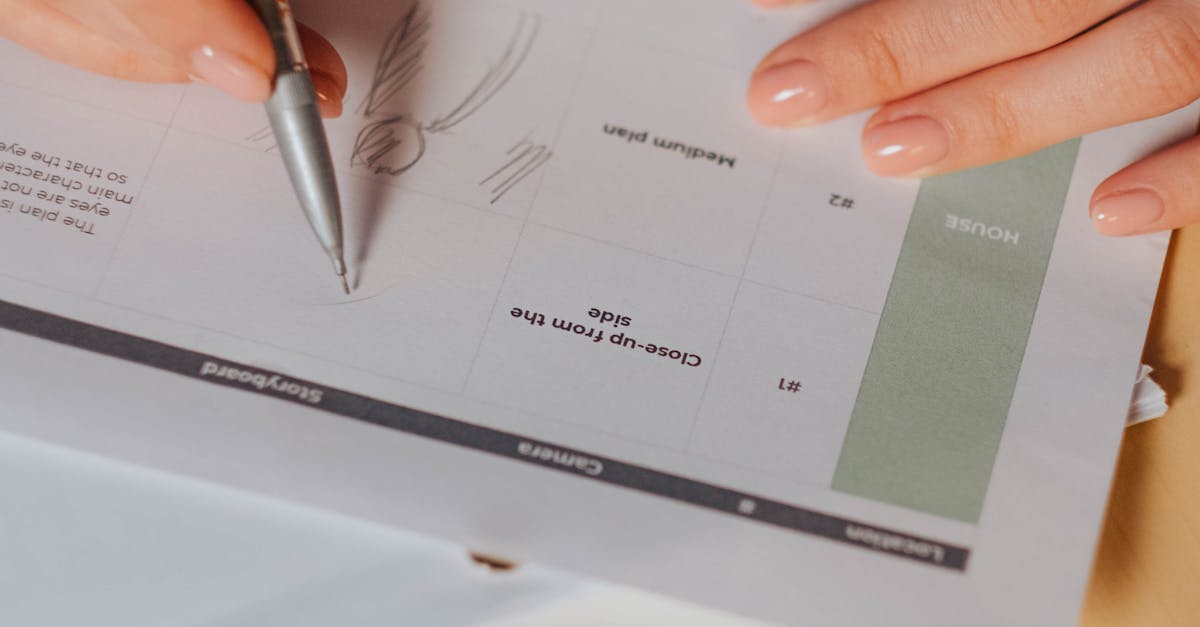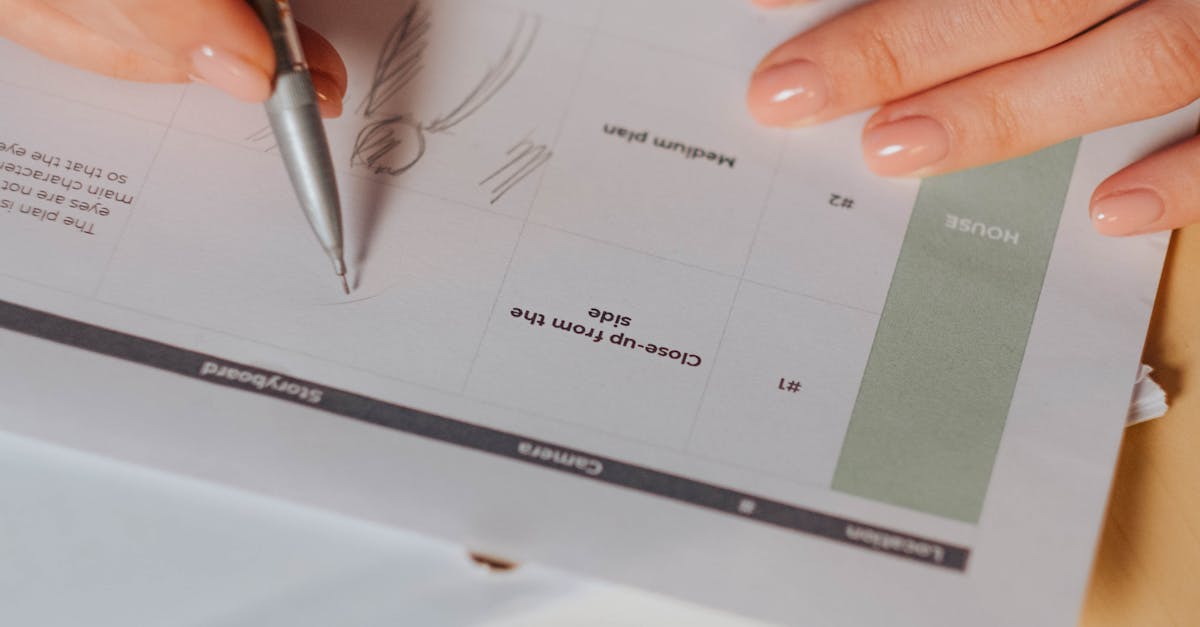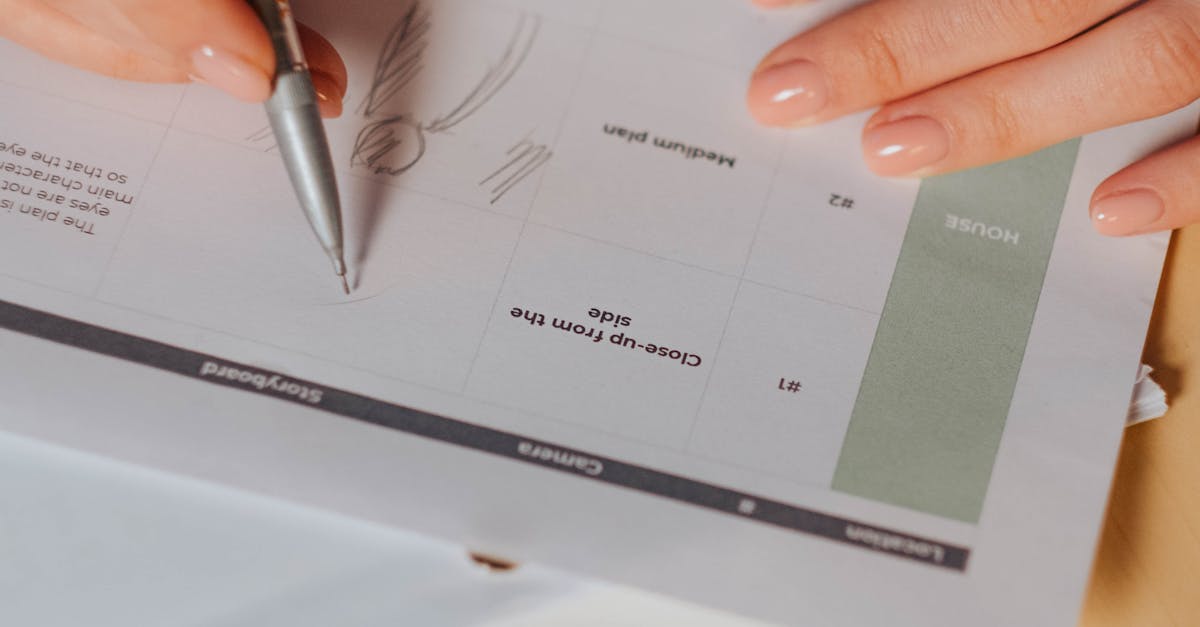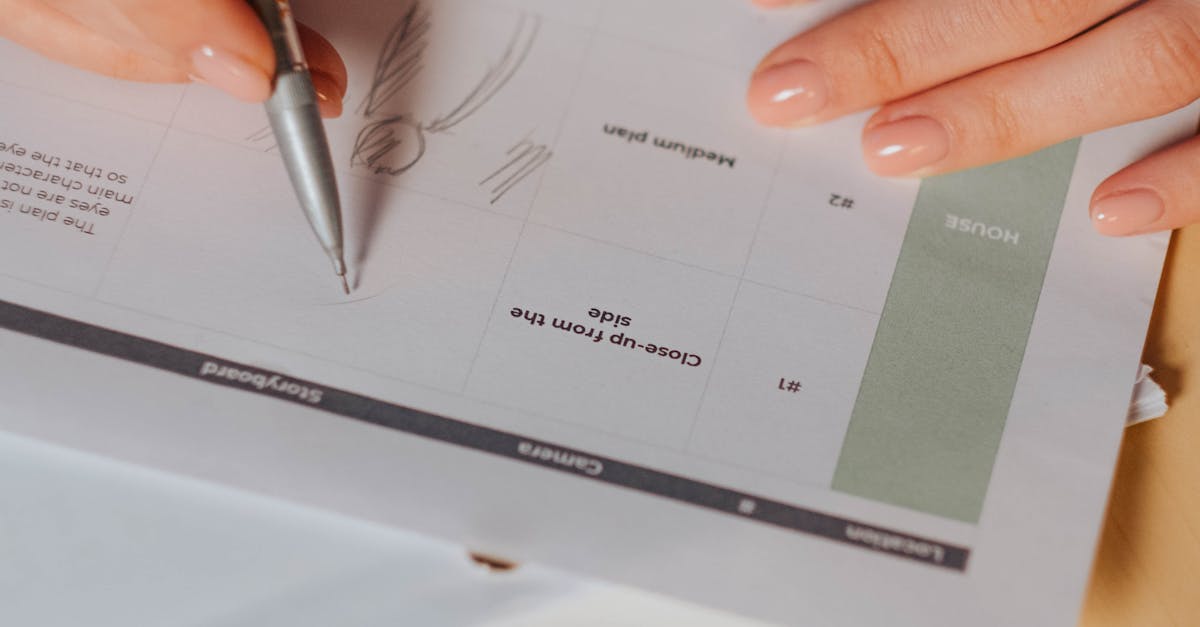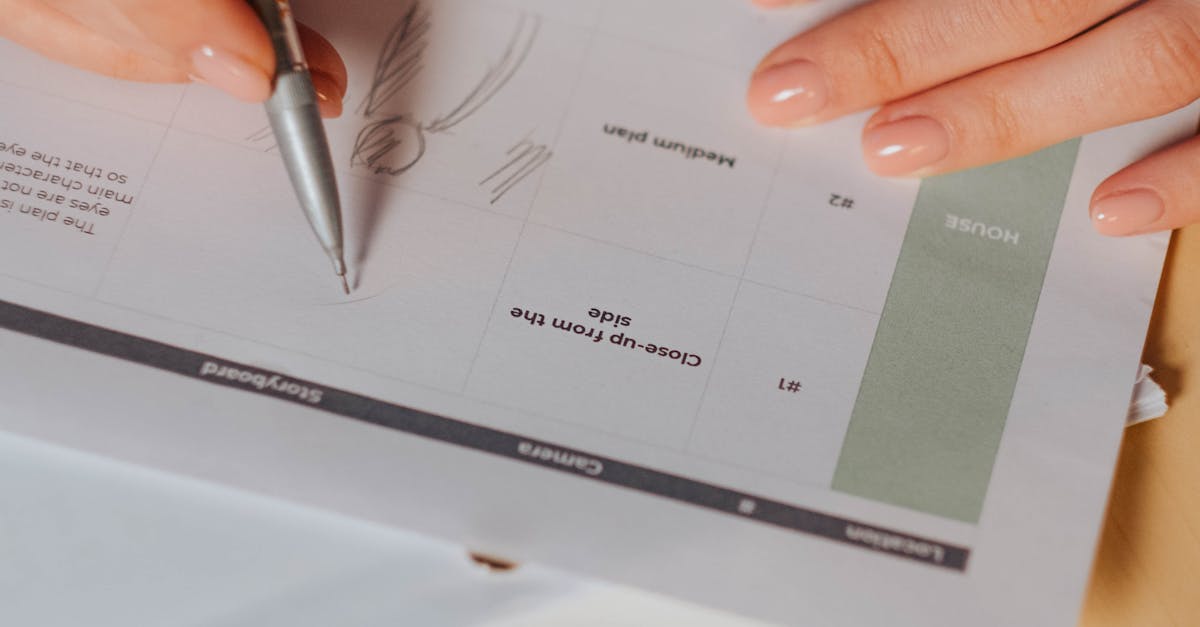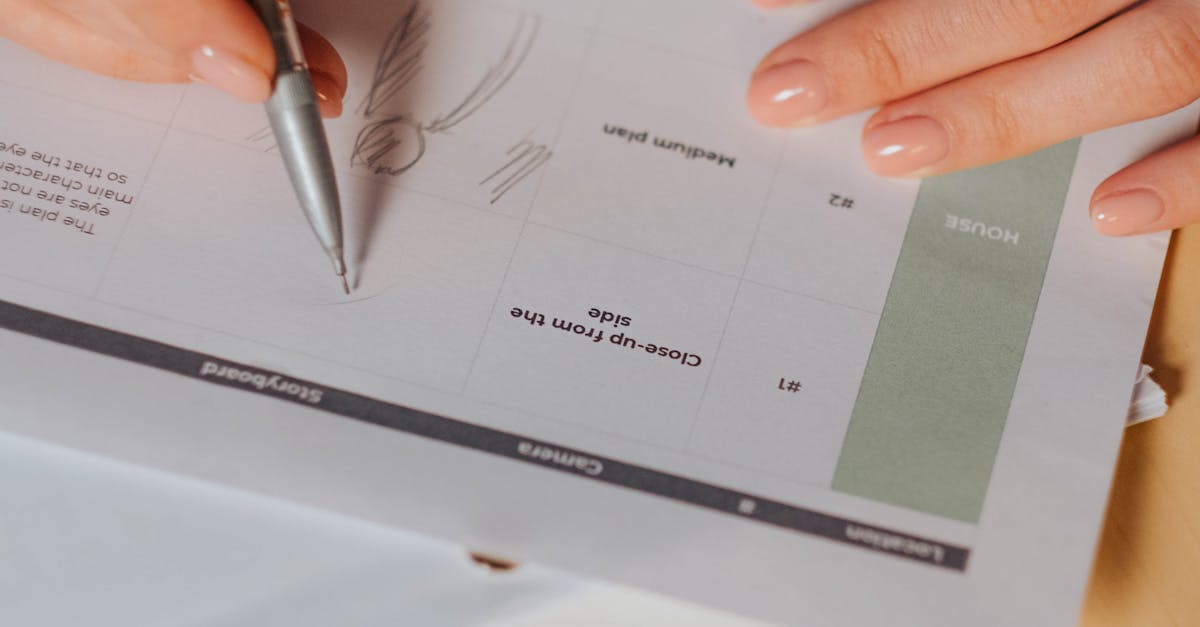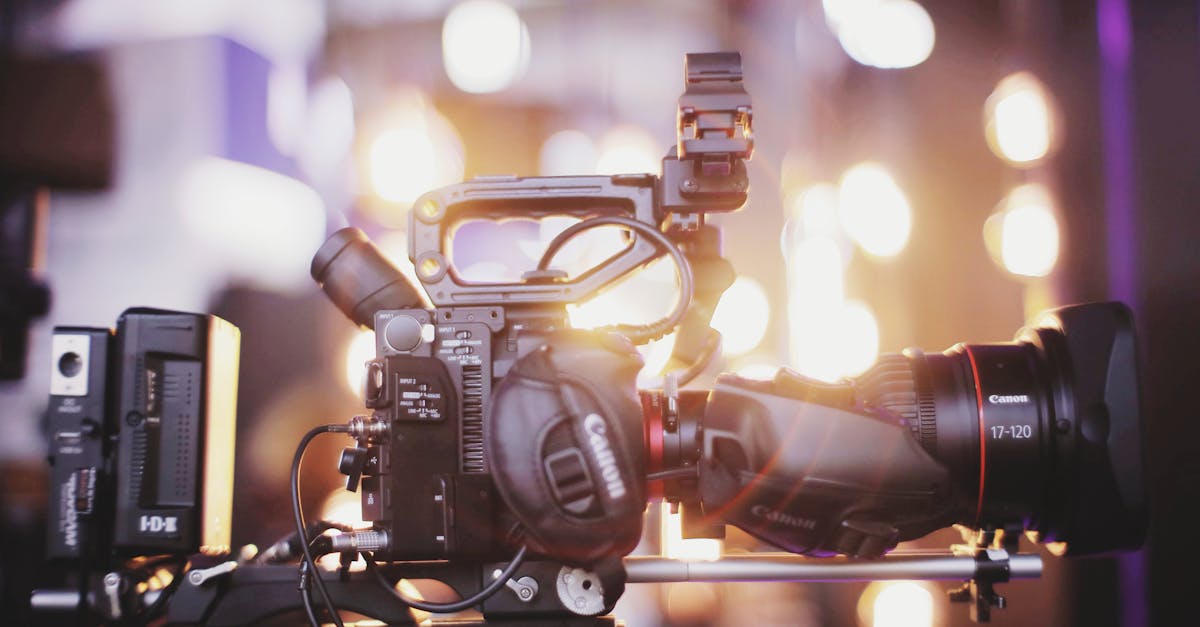
Storyboarding
Table Of Contents
Gaf Production offers professional Storyboarding services for all your video production needs. Our team of experienced storyboard artists work closely with clients to bring their ideas to life through visually captivating and detailed storyboards. Storyboarding is an essential part of the video production process, as it helps to plan out the overall visual composition and flow of a project before filming begins. Whether you're creating a TV commercial, promotional video, or corporate training video, Gaf Production can help you effectively communicate your message through carefully crafted storyboards. Trust us to bring your vision to life and ensure your project is a success. Contact Gaf Production today for all your Storyboarding needs.
Utilizing Different Storyboard Templates
When it comes to video production, utilizing different storyboard templates is essential for effectively planning out scenes and shots. By selecting the appropriate template, filmmakers can visually map out the sequence of events in their project, including camera angles, shot types, and transitions. This process helps in organizing the flow of the story and ensuring that the final product aligns with the creative vision.
There are various storyboard templates to choose from, each tailored to specific needs. Templates can vary in terms of complexity, with some offering simple sketches for basic scene outlines, while others provide detailed panels for intricate shot compositions. By selecting the right storyboard template for the project at hand, filmmakers can streamline the planning process and communicate their vision effectively to the production team.
Choosing the Right Storyboard Template for Your Project
When it comes to selecting the right storyboard template for your video project, it is crucial to consider the visual style and narrative of your content. Whether you are working on a high-action super hero film or a romantic comedy set in a cozy dinner, the storyboard template should align with the overall tone and aesthetic you want to achieve. For example, if your project includes dynamic action sequences, utilizing a split screen template can help convey the fast-paced nature of the scenes. On the other hand, for a dreamy and surreal dream sequence, a fade-to-black template might be more suitable to create a sense of mystery and transition between different scenes seamlessly.
Another factor to consider when choosing a storyboard template is the technical aspects of your project, such as aspect ratio and framing techniques. For instance, if you are aiming for a classic cinematic look reminiscent of 70mm film, opting for an anamorphic wide screen template can enhance the visual storytelling and immerse the audience in the narrative. Moreover, if your video production involves complex camera movements or unique framing devices like rack focus or over-the-shoulder shots, selecting a template that includes these elements can help visualize the composition and flow of your scenes effectively. By carefully selecting the right storyboard template, you can lay a solid foundation for your video project and ensure that your creative vision is brought to life successfully.
The Role of Storyboard Artists in Video Production
Storyboard artists play a pivotal role in the world of video production, acting as the visual architects who bring scripts to life through their sketches. These skilled artists are responsible for translating the director's vision into tangible frames that serve as the blueprint for the entire production team. By creating detailed illustrations that outline the sequencing of shots, camera angles, character movements, and visual elements, storyboard artists play a crucial role in ensuring a cohesive and well-executed final product.
Through their ability to visualize and interpret complex narratives, storyboard artists help streamline the production process by providing a clear roadmap for the entire team to follow. Their detailed illustrations serve as a reference point for everyone involved, from the director and cinematographer to the set designers and visual effects artists. By effectively communicating the director's vision and creative concepts through their art, storyboard artists contribute to the overall success of a project by ensuring that all stakeholders are aligned and working towards a common goal.
Importance of Storyboard Artists in Bringing Ideas to Life
Storyboard artists play a crucial role in the video production process by translating scriptwriting and ideas into visual representations. Through their skillful illustrations, they bring the narrative to life, allowing filmmakers and animators to envision the final product before starting production. By creating detailed storyboards, these artists serve as the bridge between the script and the screen, ensuring that the director's vision is accurately captured and communicated.
In addition to creating visual representations of the script, storyboard artists also help in planning camera angles, transitions, and visual effects. Their expertise allows for a seamless transition from words on a page to a visual storyboard that outlines every shot and sequence required for the production. These storyboards not only aid in communication between the creative team but also serve as a roadmap for the entire production crew, ensuring that everyone is aligned on the vision and direction of the project.
Enhancing Storyboards with Visual Storytelling
A crucial aspect of enhancing storyboards is through the utilization of visual storytelling techniques. Animated graphics, aspect ratios, and the incorporation of animated gifs can bring a whole new dimension to storyboards, capturing the attention of viewers and conveying the narrative with impact. By integrating elements such as 3D imagery and aerial photos, storyboards can be elevated to showcase a more immersive and engaging experience, resonating with audiences on a deeper level.
Visual storytelling in storyboards goes beyond just imagery; it encompasses the use of colour schemes, lighting effects, and composition to evoke specific emotions and enhance the overall storytelling process. By strategically combining various visual elements, such as filters and panoramic views, storyboard artists can create a rich tapestry of visuals that not only convey the intended message but also leave a lasting impression on the audience. Incorporating elements from renowned filmmakers like Stanley Kubrick or drawing inspiration from iconic films like "A New Hope" can further elevate the visual storytelling aspect of storyboards, making them a powerful tool in the video production process.
Engaging Audiences through Creative Storytelling Techniques
Engaging audiences through creative storytelling techniques is essential for capturing and maintaining viewer interest. Incorporating elements such as captivating visuals, compelling narratives, and emotional depth can bring a story to life and resonate with the audience. By leveraging different storytelling techniques, creators can keep viewers engaged and immersed in the narrative, creating a memorable viewing experience.
Creative storytelling techniques can include utilizing innovative camera angles, dynamic lighting, and strategic use of colour to enhance the visual appeal of a story. Incorporating music, sound effects, and visual effects can also add layers of depth and emotion to a narrative, further captivating the audience. By carefully crafting the storytelling process, creators can evoke specific moods, convey messages effectively, and create a lasting impact on viewers. Through the power of storytelling, content creators can connect with audiences on a deeper level, leaving a lasting impression that resonates long after the story has ended.
FAQS
What is a storyboard?
A storyboard is a visual representation of a story or concept, usually in the form of illustrations or images arranged in a sequence to convey the flow of a project, such as a video or film.
Why are storyboard templates important?
Storyboard templates provide structure and guidance for organizing ideas and visualizing the sequence of scenes in a project. They help streamline the creative process and ensure consistency in storytelling.
What role do storyboard artists play in video production?
Storyboard artists play a crucial role in translating ideas and scripts into visual narratives. They help directors and production teams visualize the final product, plan shots, and set the tone for the project.
How do storyboard artists bring ideas to life?
Storyboard artists use their creativity and artistic skills to transform words and concepts into visual representations. They capture the essence of a story, convey emotions, and create a roadmap for bringing ideas to fruition.
How can visual storytelling techniques enhance storyboards?
Visual storytelling techniques, such as using color schemes, composition, and visual metaphors, can add depth and impact to storyboards. By engaging audiences visually, storytellers can create immersive and compelling narratives.
